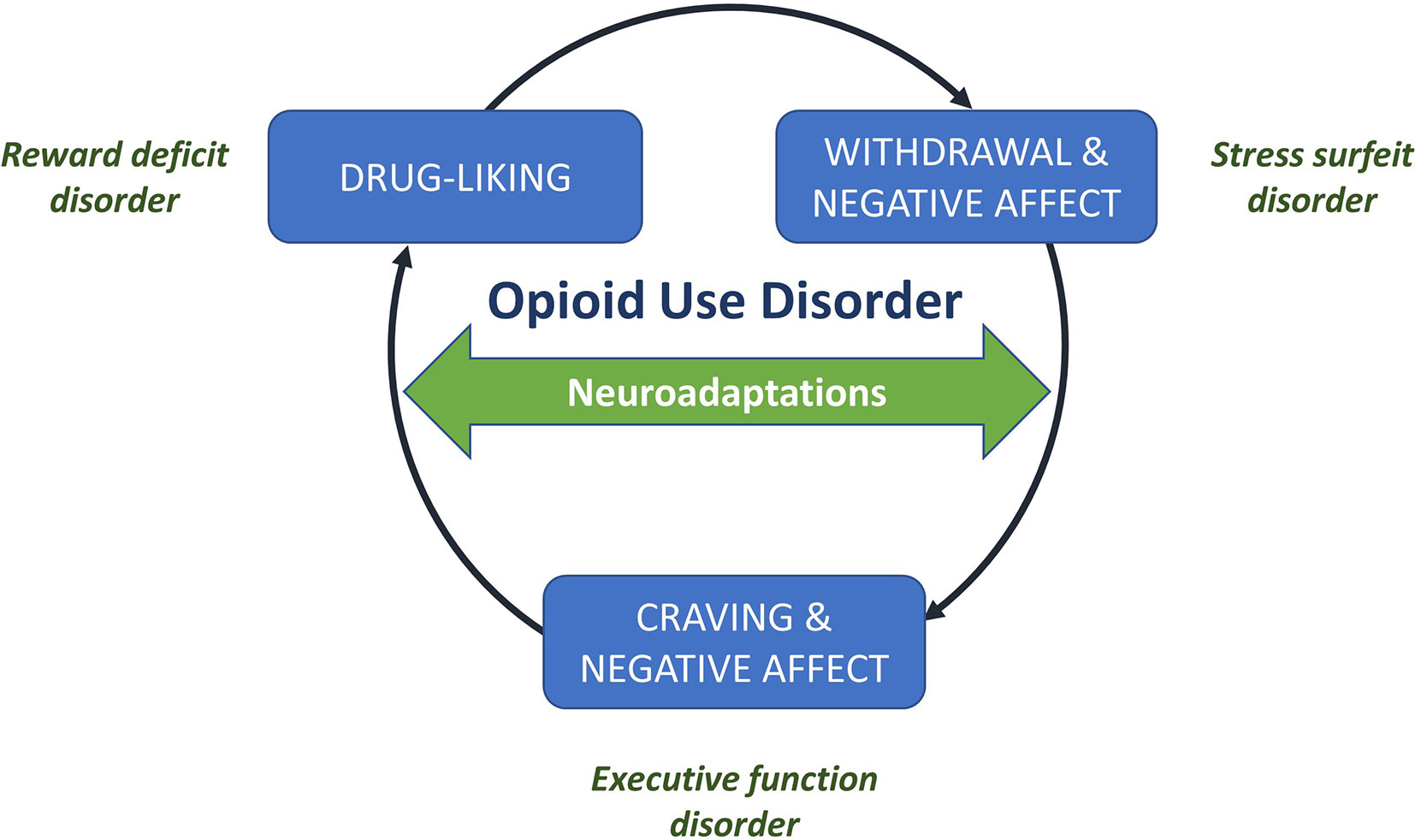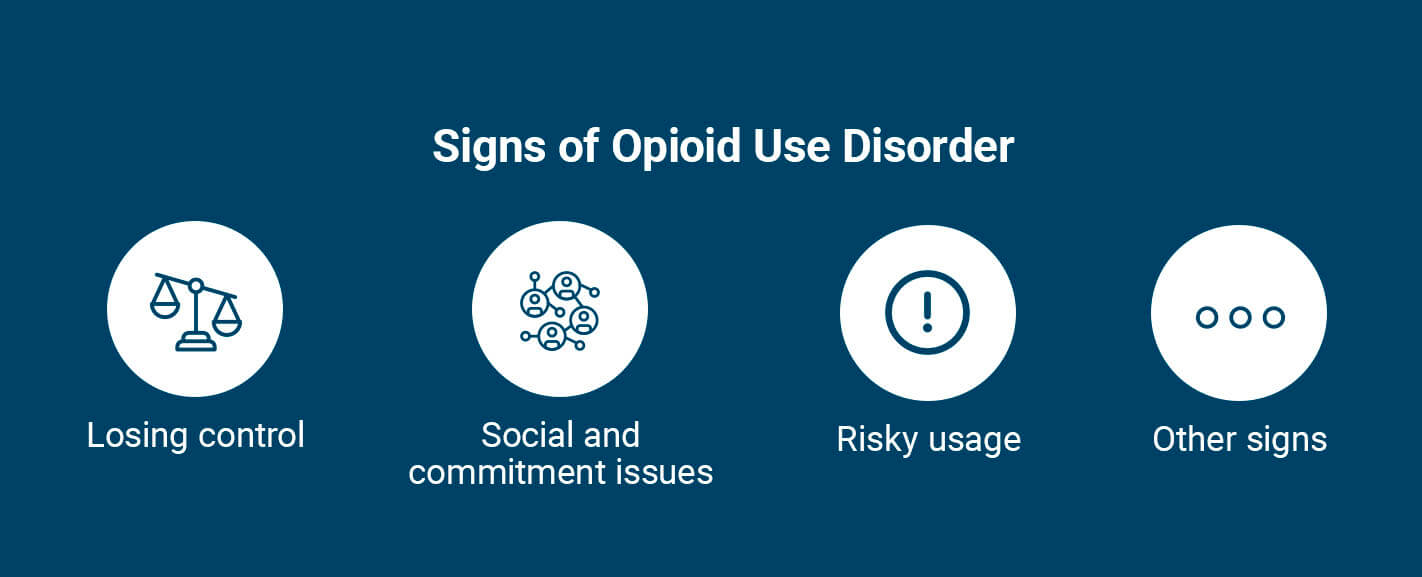Introduction:
Opioid use disorder (OUD) is a complex and challenging condition that has emerged as a significant public health concern. Characterized by a problematic pattern of opioid use, OUD can have devastating consequences on individuals, families, and communities. This article aims to provide a comprehensive overview of OUD, shedding light on its causes, symptoms, and the critical importance of addressing this issue.
The life of an opiate addict can be bleak. Research suggest that mortality rates in this population range from 6 to 20 times higher than the general population’s. And, those individuals who do live face much hardship recovering from addiction with stable abstinence rates as low as 30% with most individuals under going many relapses. Even those that discontinue opioids often use alcohol and other drugs in their place. Results from 33 year follow-up study of more than 80 opioids users in an English town highlight this pessimistic view. at the follow up, 22% opioid users had died about twice the national rate of about 12% for the general population. More than half the deaths what the result of drug over dose, and several took their own lives. The good news from this study was that of those who survived, 80% were no longer using opioids, and the remaining 20% were being treated with methadone. Staying power opioid use can be associated with comorbid intellectual problems and sexual or bodily abuse. Long-term recovery has been shown to be associated with family and social support, employment, and opioid abstinence of at least 5 years.

The Nature of Opioids:
Opioids are a class of drugs that include prescription pain relievers like oxycodone, hydrocodone, and morphine, as well as illicit substances like heroin. These drugs interact with the opioid receptors in the brain and spinal cord, producing pain relief and a sense of euphoria. However, repeated use can lead to tolerance, dependence, and ultimately, the development of OUD.
Causes and Risk Factors:
The development of OUD is influenced by a combination of genetic, environmental, and psychological factors. Genetic predisposition can make certain individuals more vulnerable, while factors such as chronic pain, trauma, or exposure to opioids in a medical setting can contribute to the development of the disorder. Socioeconomic factors, mental health conditions, and a history of substance abuse can also increase the risk.

Symptoms of OUD:
Recognizing the signs of opioid use disease is critical for early intervention. Common symptoms include an inability to control or reduce opioid use, continued use despite negative consequences, craving opioids, and neglecting responsibilities in favor of obtaining or using the drugs. Physical symptoms may include pinpoint pupils, drowsiness, and respiratory depression.

Consequences of OUD:
The consequences of OUD are far-reaching and extend beyond the individual. Health risks include overdose, infectious diseases (such as HIV and hepatitis), and mental health disorders. Social consequences may involve strained relationships, legal issues, and challenges in employment or education. Understanding the multifaceted impact of OUD is vital for comprehensive treatment and support.
Treatment Options:
Fortunately, effective treatments for opioid use disorder exist. Medication-assisted treatment (MAT), combining medications like methadone, buprenorphine, or naltrexone with counseling and behavioral therapies, has shown significant success in helping individuals manage their opioid dependence. Rehabilitation programs, support groups, and counseling are essential components of a holistic approach to recovery.
Diagnostic Criteria for Opioid Use Disorders
- Opioids ore often taken in larger amounts or over a longer period than became meant.
- There may be a persistent preference or unsuccessful efforts to cut down or manipulate opioid use.
- A great deal of time is spent in sports essential to reap the opioid use the opioid, or get over its effect.
- Yearning or a strong preference or urge to apply opioids.
- Recurrent opioid use ensuing in a failure to fulfill foremost function obligations at paintings, college, or home.
- Endured opioid use in spite of having persistent or recurrent social or interpersonal troubles triggered or exacerbated by the outcomes of opioids.
- Vital social, occupational, recreational activities are given up or reduced due to opioid use.
- Recurrent opioid use in scenario in which it’s miles bodily dangerous.
- Persevered opioid use in spite of understanding of having a persistent or recurrent physical or mental trouble this is probably to had been brought on or exacerbated by the substance.

Conclusion:
Opioid use disorder is a pervasive issue with far-reaching implications, but it is not insurmountable. Through a combination of prevention efforts, early intervention, and compassionate treatment approaches, individuals struggling with OUD can find the support needed to embark on a path to recovery. By fostering a society that prioritizes education, empathy, and evidence-based interventions, we can collectively work towards overcoming the challenges posed by opioid use disorder and creating a healthier future for all.

